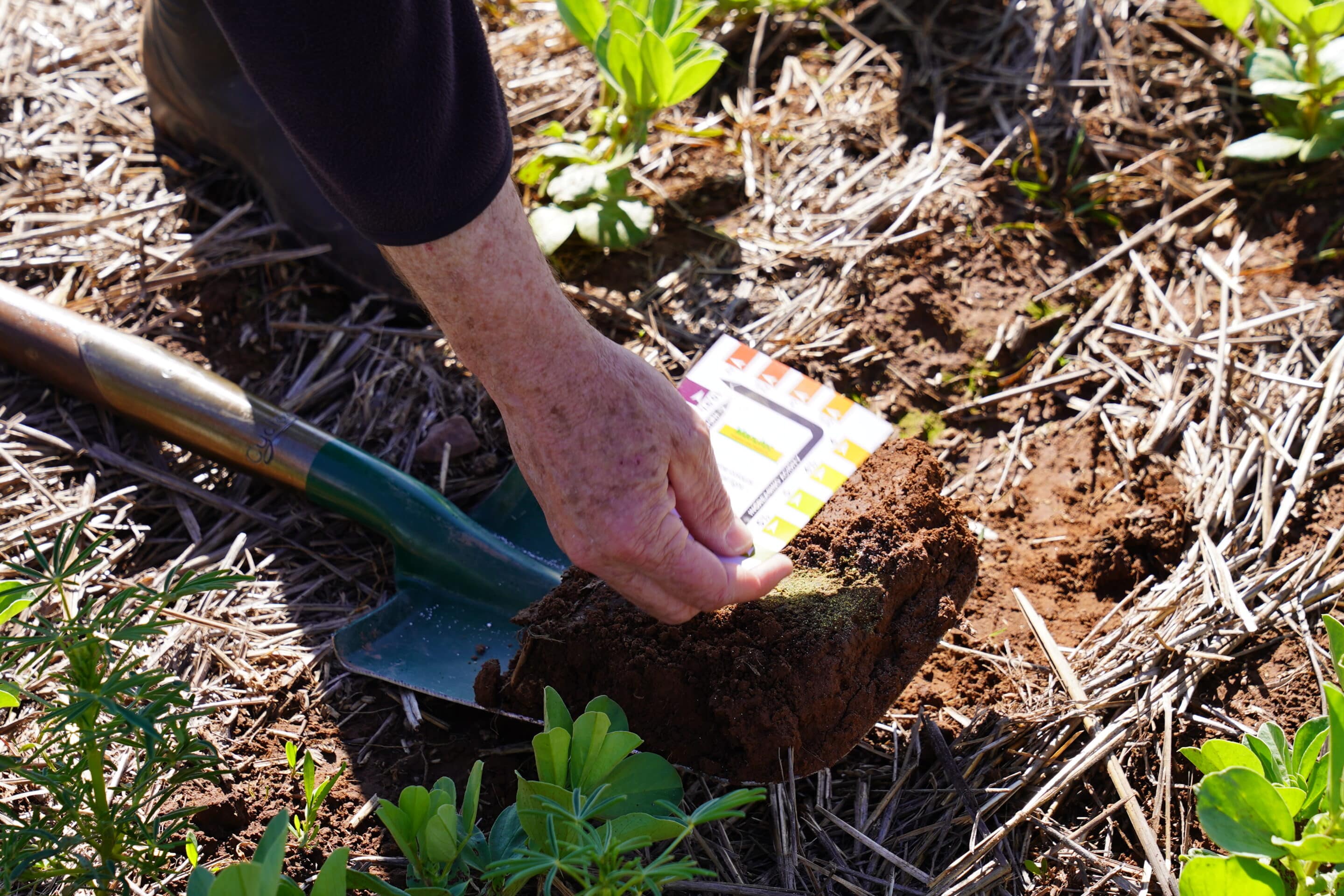START
FINISH

Summary
To help Eyre Peninsula growers gain the maximum benefit from post-emergent herbicides, Agricultural Innovation & Research Eyre Peninsula (AIR EP) hosted two workshops on locally relevant herbicide options and application techniques.
Presented by Mark Congreve from Independent Consultants Australia Network (ICAN) with funding support from SAGIT and the Grains Research and Development Corporation (GRDC), the workshops attracted 78 attendees.
In post-event surveys, 95 per cent of respondents said the workshops met their expectations and more than 80 per cent reported feeling better informed about post-emergent herbicide use.
Background
Post-emergent herbicides are a valuable tool for controlling in-crop weeds and supporting yields. Herbicides are expensive and the diversity of types, recent classification changes and complex interactions of spray application can all put their effectiveness in jeopardy.
AIR EP felt local growers and advisers would benefit from information sessions that were specifically tailored to the herbicides and growing conditions of the upper and lower Eyre Peninsula.
Research Aims
The core objectives of the project were to provide participants with locally relevant information on post-emergent herbicides, including:
- Recent changes to herbicide classifications.
- The different types of herbicides and how to select the most appropriate option.
- Application techniques to optimise herbicide coverage and effectiveness.
In The Field
The events were promoted to AIR EP members via email and SMS, and more widely via the AIR EP website and locally distributed flyers.
Each event began with a presentation covering locally relevant post-emergent herbicides from groups 1 (A), 2 (B), 5&6 (C), 12 (F), 27 (H) and 4 (I).
Key topics included:
- Herbicide modes of action and how herbicides work
- Mode of action groups and the change to the international system
- Adjuvants, surfactants and oils
- Drift and drift management
- Herbicide resistance
- Known herbicide interactions
- Rotational constraints
- Best practice application
After a lunch break, there was a spray coverage demonstration using water sensitive paper to show how changing speed, boom height and nozzle type to suit the conditions can affect spray coverage, with advice provided on how to improve poor applications.
There was good audience participation during the presentations and a full colour, 50+ page booklet of Mark’s slides was given to all the attendees.
Results
The Ungarra workshop attracted 27 attendees (53 per cent farmers, 29 per cent advisors, 6 per cent researchers), while Wudinna attracted 51 attendees (83 per cent farmers, 8 per cent advisors, 8 per cent researchers and 3 per cent government).
Following each workshop, participant feedback was gathered using the Slido smartphone evaluation tool. At Ungarra, 22 of the 27 attendees provided an evaluation, while 41 of 51 attendees took part at Wudinna.
The overall value of the Ungarra event was ranked 4.5 out of 5, and the Wudinna event scored 4.6 out of 5.
As a result of information gained at the workshops, 22 per cent of attendees said they were reassessing a current farm practice, 39 per cent were considering an alternative herbicide or seeking more advice and 37.5 per cent were planning to discuss changes with other stakeholders (consultant, advisor, partner, clients, customers, etc).
In addition, 6.5 per cent of attendees said they would be seeking further information or training and all attendees at the Wudinna demonstration were keen to attend a summer spraying workshop.
Project Participants
Agricultural Innovation & Research Eyre Peninsula (AIR EP): Naomi Scholz.
Independent Consultants Australia Network (ICAN): Mark Congreve.
The Problem
Post-emergent herbicides are an essential but expensive input. Locally relevant information helps growers maximise the benefit of their herbicide investment.
The research
Full-day workshops were held for upper and lower EP growers, covering region-specific herbicides and best-practice spray application.
More information
Ms Naomi Scholz, AIR EP
T: 0428 540 670
E: [email protected]
airep.com.au
Value for Growers
A key message from the presentations was that there is no point spending money on herbicides if the spray coverage is poor, as weed control may be ineffective and herbicide resistance could be encouraged.
In post-event evaluations, 95 per cent of attendees said the workshop met their expectations and 82 per cent said they gained a greater understanding of how to apply post-emergent herbicides.
Most importantly, 85 per cent reported feeling more confident about assessing a situation and choosing the appropriate post-emergent herbicide based on its mode of action.




